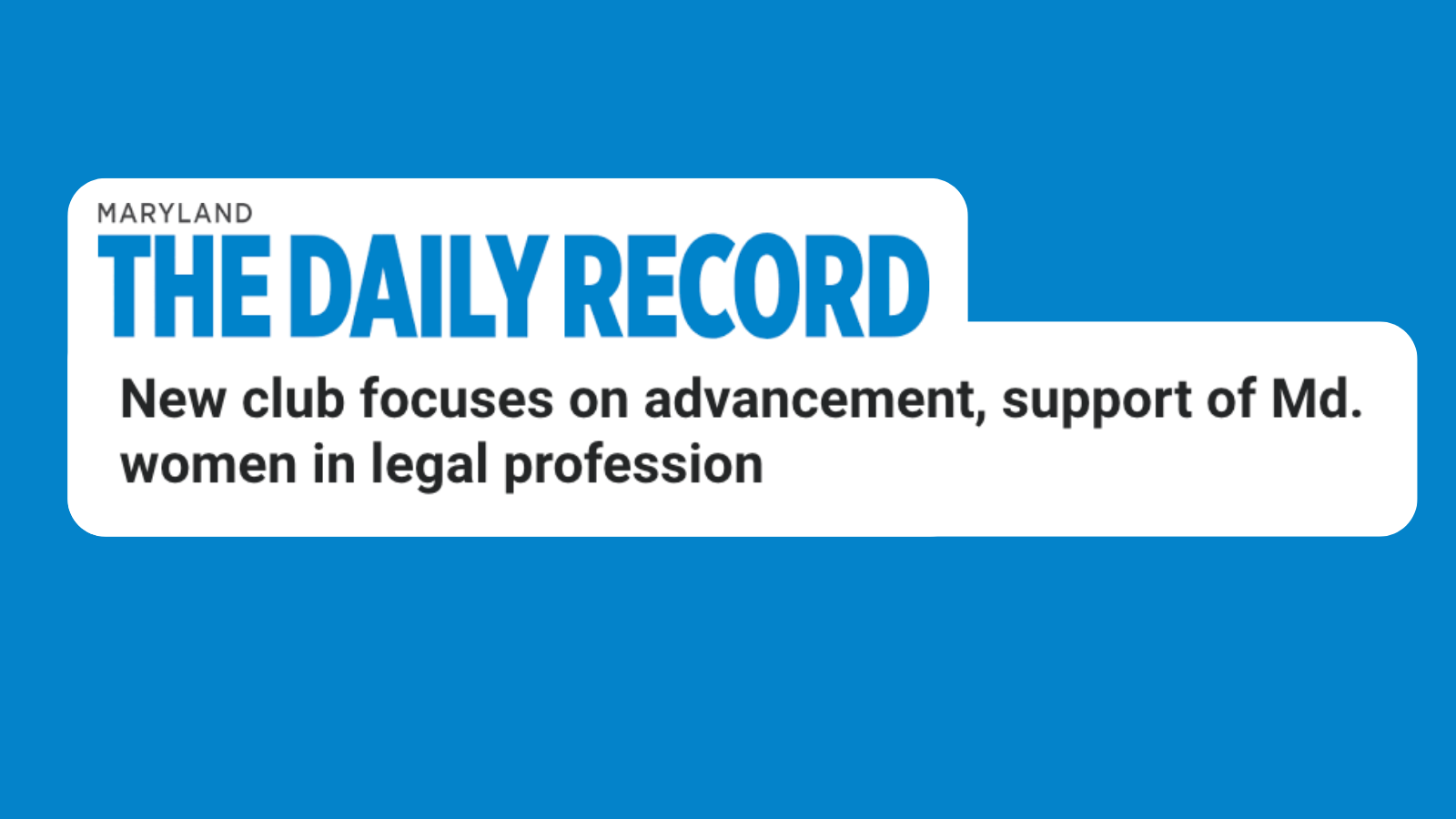BREAKING NEWS: Residents and fellows at University of Maryland vote to unionize – a first in Maryland. – Technologist
By Greg Care
On June 13, 2024, the residents and fellows at the University of Maryland Medical Center (UMMC) and the University of Maryland Midtown Campus have voted 628 to 19 to form a union in an election held by the National Labor Relations Board (NLRB Case Number: 05-RM-342035). The housestaff, who formed a group called the University of Maryland Resident & Fellow Alliance, will be affiliating with the Maryland chapter of the American Federation of Teachers. UMMC alone sponsors 70 different ACGME-accredited residency and fellowship programs, and the number of trainees who will be part of the bargaining unit will be in the hundreds.
While unionization of residents and fellows is not a new phenomenon, this event does mark a first for residency programs in Maryland. No other residency programs in Maryland have unionized before now, which may change with this development. Maryland (and neighboring D.C.) is home to 21 institutions sponsoring ACGME-accredited residency and fellowship programs, including The Johns Hopkins University (110 programs), MedStar Health/Georgetown University (72 programs), George Washington University (45 programs), and Children’s National Hospital (26 programs). Of note, the Committee of Interns and Residents/SEIU, represents more than 33,000 interns, residents, and fellows in California, Florida, Idaho, Illinois, Massachusetts, New Jersey, New Mexico, New York, Vermont, Washington, and D.C.
In the mid-1970s, the National Labor Relations Board (NLRB) had concluded that residents were primarily “students” and not “employees” for purposes of the National Labor Relations Act (NLRA) and, thus, could not unionize under federal law. However, in 1999, the NLRB reversed its prior rulings and decided in Boston Medical Center Corporation that residents are “employees” under the NLRA. In 2014, the NRLB cemented this conclusion in Icahn School of Medicine at Mount Sinai, where it rejected attempts to equate residents to graduate students, who were not then considered to be employees under the NLRA.
In the 25 years since Boston Medical Center Corporation, the ranks of unionized residents and fellows have grown steadily. That momentum towards unionization in graduate medical education picked up significant steam in the wake of the COVID-19 pandemic, where many housestaff were in the “trenches” of responding to the surge of patients, sometimes without adequate PPE and with difficult schedules. While the urgency of the pandemic has subsided, the work of residents and fellows remains very challenging. Organizing under a union involves negotiating with the employer regarding numerous aspects of the work environment, including pay, benefits, working conditions, schedules, and grievance processes. And, so, many housestaff have seen the appeal of leveraging their collective strength to obtain better conditions, training, and overall satisfaction with their work. Many moves to unionize also highlight that the improvements for trainees—who compose a very significant portion of providers at academic medical centers—will have carry on benefits to patients. For example, since residents and fellows can frequently work up to and in excess of 80 hours per week, including 24-hour call shifts, there is legitimate concern for “burnout” and fatigue that could affect patient outcomes.
At UMMC and Midtown, the hospital and the union will now begin to negotiate over a collective bargaining agreement that will contain the details the residents’ and fellows’ working conditions. Since UMMC has a fairly restrictive due process policy for any appeals of dismissal, non-renewal, non-promotion, and suspension, it would be a boon to residents and fellows there to see improvements to that process.
Congratulations to AFT and the residents of UMMC and Midtown!
If you have questions regarding your residency or fellowship situation, please contact us today to see if we can assist with your particular circumstances.
* Content on this website, including blog articles, are proprietary and copyright protected. If you wish to use all or part of a blog article, we request that you properly attribute the work and include a link to the Brown, Goldstein & Levy webpage on which it appears.

